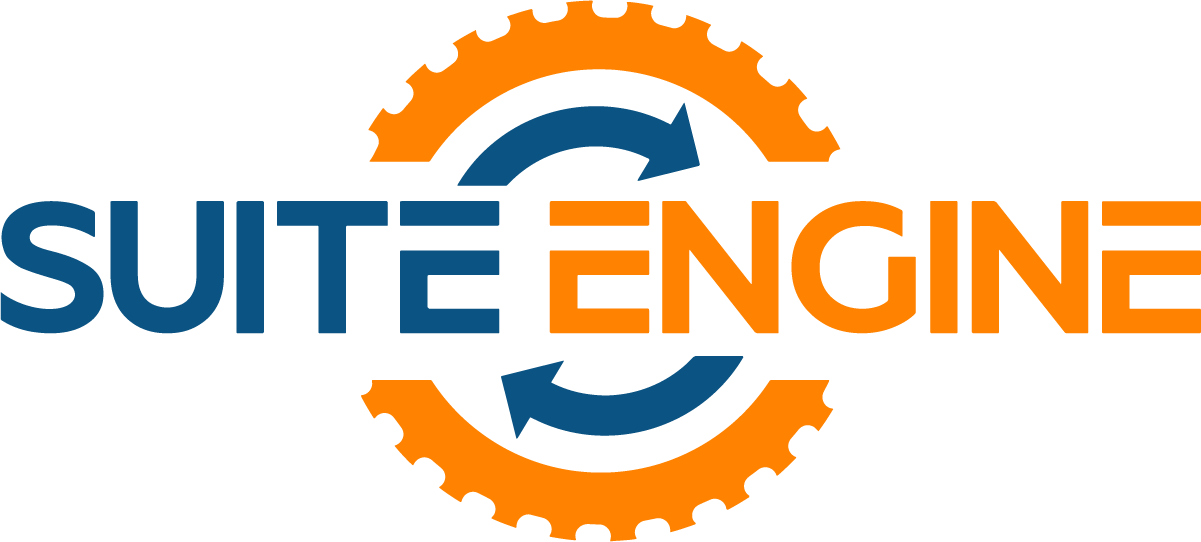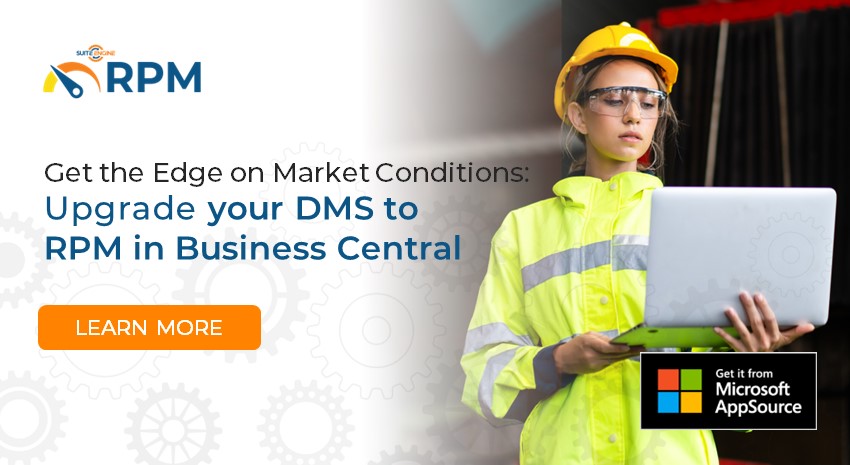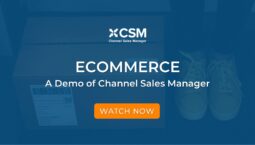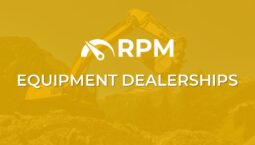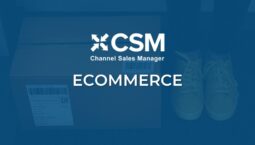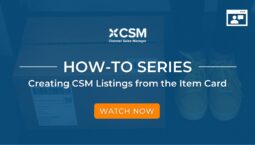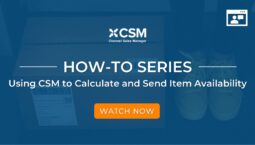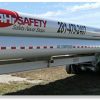Sustainable Improvements You Will Notice Right Away
Upgrading Your DMS to RPM in Microsoft Business Central
The heavy equipment dealership industry is undoubtedly grappling with the challenges of managing complex processes, scattered data, and the need for seamless collaboration across several rooftops.
The power to stay ahead of the competition and beat market conditions can be at your fingertips with the right technology on your side. That’s why we have seen an increase in dealerships switching from independent Dealer Management Systems (DMS) to RPM in Microsoft Dynamics 365 Business Central.
In the next few minutes, we want to share the transformative journey our customers embark on by switching from independent DMS to RPM, our fully integrated DMS powered by Microsoft Dynamics 365 Business Central.
Before and After RPM
Ready to experience sustainable improvements in how your dealership operates? Let’s dive into the before and after of eight workflows and processes on how RPM and D365 Business Central can take your business to new heights.
1. Unified Customer Relationship Management (CRM):
Before: Customer data might be scattered across different systems, making it challenging to view customer interactions comprehensively.
After: Consolidated customer information from all areas of your business: parts, service, sales, and rental. With RPM, you will get a unified view of customer interactions, communications, and purchase history, ensuring you’re not just managing relationships; you’re making them better.
2. Efficient Sales Processes:
Before: Sales teams may face challenges tracking leads, managing opportunities, and collaborating on deals.
After: Streamlined sales process by providing a centralized platform for managing leads, opportunities, and sales activities. Sales teams can collaborate more effectively, leading to improved sales performance, forecasting, and reporting.
3. Parts Management and Procurement:
Before: Inventory management and procurement processes might be manual and time-consuming, leading to potential stockouts or overstock situations.
After: Optimized inventory levels by providing real-time visibility into stock levels, order status, and supplier information. The result? More informed procurement decisions and better control over inventory costs. You’ll have the right tool at the right time and keep both your rental fleet up and running and your customers happy.
4. Service and Maintenance Optimization:
Before: Service and maintenance schedules may be managed through disparate systems, leading to delays or overlooked maintenance tasks.
After: Efficient service management by automating preventative maintenance schedules, tracking equipment performance, and managing service requests, resulting in enhanced equipment reliability and reduced downtime.
5. Streamlined Financial Processes:
Before: Integrated financial processes for processing sales of equipment, rentals, service, parts, and financial reporting, may have been manual and error-prone or managed in a separate business system.
After: Improved financial visibility and compliance by automated financial workflows, ensuring accurate and timely invoicing, expense tracking, and financial reporting all under one solution – all within a unified solution.
6. Data-Driven Decision-Making with Power BI:
Before: Analyzing data and generating reports may be time-consuming and rely on static reports.
After: Easy access to dynamic and visual reporting with Power BI integration. Real-time data analysis becomes your superpower, paving the way for unparalleled strategic planning and performance monitoring.
7. Mobile Accessibility for Field Teams:
Before: Field teams may face challenges accessing critical information while on the go.
After: Maximum efficiency of field operations and excellent customer service because RPM’s mobile capabilities enable field teams to access customer information, inventory data, service schedules, capture customer signatures, and review equipment repair history from anywhere.
8. Collaboration and Communication:
Before: Communication between departments may be fragmented, leading to blockages or delays in information sharing.
After: Improved teamwork and faster decision-making become the new normal because your team has a communication nucleus, fostering collaboration with a central platform for communication and document sharing.
A Cloud-Based DMS with Top-Notch Security for Accessibility and Scalability
In addition to improving business processes, having a DMS with the assurance of Microsoft’s reliable and long-term support gives peace of mind to our customers. This is especially valuable if there were previous doubts about the future development or support of an independent DMS.
Furthermore, all these benefits are underpinned by two powerful components: cloud technology and security features. With RPM, you can rest assured that your dealership’s data privacy and security are top priorities, which is a proactive step toward improving your dealership’s overall cybersecurity posture.
The cloud technology is crucial for ensuring accessibility and scalability. You won’t have to worry about product updates or compatibility issues because cloud technology makes it easy to access data from anywhere and scale resources as needed.
Curious to experience this transformation firsthand?
Let’s turn these words into action. Book a demo with Suite Engine today, and let’s explore how RPM’s technology can revolutionize your heavy equipment dealership.
SUITE ENGINE | We connect your business with modern software from Microsoft.
Simplified processes. All in one place.
Equipment Management | Production Builders | and more …
SEE MORE:
Recently Posted by Suite Engine
SHARE THIS POST:
